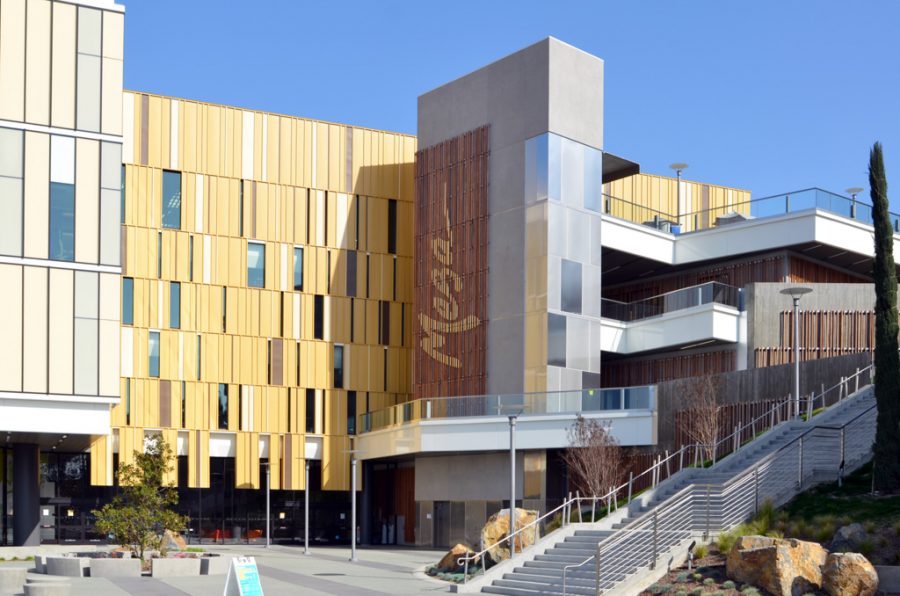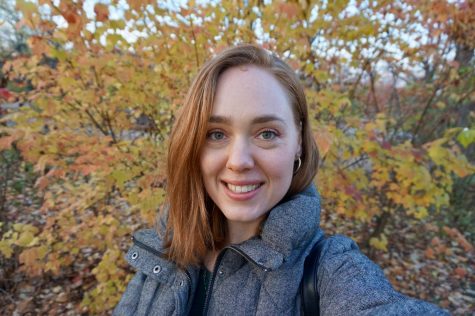With questions and rumors swirling on how and when the San Diego Community College District will reopen its campuses, Chancellor Constance M. Carroll released a statement earlier this week to students and staff in an email, delivering a preliminary answer.
“By fall, the goal is to have many more classes and operations provided in-person,” said Carroll. As of now, the SDCCD Chancellor’s Cabinet is planning to identify an “incremental timeline” that will discuss the gradual expansion of classes on campus and the partial return of staff, faculty and students.
The fall semester planning chart provided by Carroll shows that courses where more hands-on instruction is needed — including some STEM classes — will either be hybrid or in-person this fall, with most using an A/B split schedule to reduce the number of students in the classroom. Many of those classes are offered due to “concerns over transferability,” added Carroll.
“At this point, it’s running about 25% in-person and hybrid and 75% online for the credit colleges,” SDCCD Communications and Public Relations Director Jack Beresford said in a press release. According to Carroll’s email, Mesa itself will have 12.3% of its course offerings as face-to-face classes and 17.1% as hybrid (synchronous or exams only). The current draft for fall will be finalized by the May 28 planning deadline.
The email also listed preventative measures that the District is taking to keep students and staff safe upon their return to campus. The SDCCD is requiring “employees and students to be vaccinated in order to work, take classes, and receive services in-person during the fall 2021 semester.” This requirement presumes the full-authorization of at least one of the vaccines by the U.S. Food and Drug Administration before the August 23 fall start date, Carroll added, and exemption from the vaccine mandate based on medical or religious grounds will be given consideration.
Alongside a vaccination requirement, Beresford explained that “we anticipate that masks will be required by all who are on campus through the fall semester.” Carroll further stated that the Human Resource Division will oversee the process of vaccine status confirmation for District employees and Educational Services Vice Chancellor Susan Topham will help each college set up similar processes in regards to students.
Some students, such as second-year Mesa student Vivian Ton, have expressed that while they are excited to return to campus, they also have concerns over how the college will handle the transition while ensuring the safety of everyone. “I think so long that everyone is vaccinated, I’d have less worries,” said Ton.
That concern was reflected in the utilization of advisory task forces by the District, as well as student and employee participation, to discuss safety measures for the transition back to campus. “Because these decisions affect many, many people, the San Diego Community College District has been deliberate and methodical in its approach,” said Carroll.
In the fall plan, both surveys were referenced, “with approximately 53% of employees and students favoring a vaccination requirement for the fall semester and nearly 70% of respondents expressing a preference for all or most people on-site being vaccinated.” According to the data, 83.38% of students and 85% of District employees either have received or plan to receive the COVID-19 vaccination. The surveys, which closed on May 14, had close to 8,000 respondents in total.
Brian Huynh, Mesa student and President of the Asian Pacific Diversity club, expressed excitement at the plan to gradually transition back to in-person classes over this fall and next spring. Having that social connection in an academic setting as well as a hands-on learning experience is something Huynh noted as important in his educational growth.
“Doing stuff individually behind a screen gets very draining after doing it for so long,” said Huynh. Learning on campus, he added, motivates him to be more engaged and productive. “I learn better that way,” he said, “I get to engage more with my work and build meaningful relationships with my classmates.”
When asked if there was anything about the transition that made him nervous, Huynh noted the difficulties of balancing work and education. While the past year of remote learning has provided its share of unique obstacles, it also provided many students with the ability to create a schedule that worked well for them. “I’ve been so used to online education for so long,” added Huynh, “that it’s hard to now consider things such as commuting and the traffic that comes with it.”
While the transition back to campus over this fall and next spring will pose a series of adjustments for students, the largest of those may simply be adjusting to public spaces and crowds again. According to the SDCCD’s “COVID-19 Return to Campus Student Survey,” 93% of students indicated concern over being around a large number of people and in communal spaces again.
“The stressors people experienced over the last year of the pandemic are still affecting people in multiple areas of their lives, this, in turn, can affect their mental health,” noted Linda Gibbins-Croft, a counseling coordinator at Mesa. “Some students are having struggles and also finding their resilience.”
The Student Health Services team at Mesa currently offers a broad range of supportive options for students in addition to their regular counseling services. “It’s very important to actively seek ways to keep your mental health in balance and healthy. This means stress reduction, exercise, community involvement, gratitude and some form of spiritual growth,” Gibbins-Croft added.
Although the new plan adds some much-needed clarity to the District’s approach for this coming fall, some professors still convey the reality of a situation in flux. Professor of history, Gloria Kim, said that as far as she is aware history classes will not be on campus this fall. “The situation is dynamic though, so I honestly don’t know what will happen in three months! Right now,” she said, “I’m mentally preparing for another semester of remote teaching.”
Kim expressed a key concern many have in returning to campus—the concern of exposing family back at home. “Although I am vaccinated and feel comfortable returning to work,” Kim said, “my young child is not and probably won’t be for months, and I am concerned about bringing COVID-19 home.” In the employee survey, 33% of respondents noted that their opinions on vaccination requirements and returning to onsite working were colored by either a medical condition they had or concern for an at-risk family member living with them.
That concern is being addressed not only with the vaccination mandate but with plans to “install central air filtration meeting MERV13 standards in all buildings and additional clearing in high-traffic areas,” according to Beresford.
“I appreciate how the district and administrators are being regarding reopening plans,” Kim added. “While I am eager to return to campus and I miss seeing students in the classroom, I know that we are living through uncertain times.” Kim further said, “I believe that we all want to be safe and healthy, so I have confidence that students, staff, faculty and administrators at Mesa will collectively work toward keeping our environment as safe as possible with vaccinations, wearing masks and social distancing.”
Currently, administrators and staff are focused on the gradual reopening of the District over the summer and the safe, successful transition into fall. While most classes will remain online, the expansion of personnel on-site and the inclusion of some in-person or hybrid classes is a huge step forward in the pursuit of returning to normal campus activity. The ultimate goal, Carroll said in her email, “is to have the entire district reopened for in-person instruction and operations” by the spring 2022 semester.






